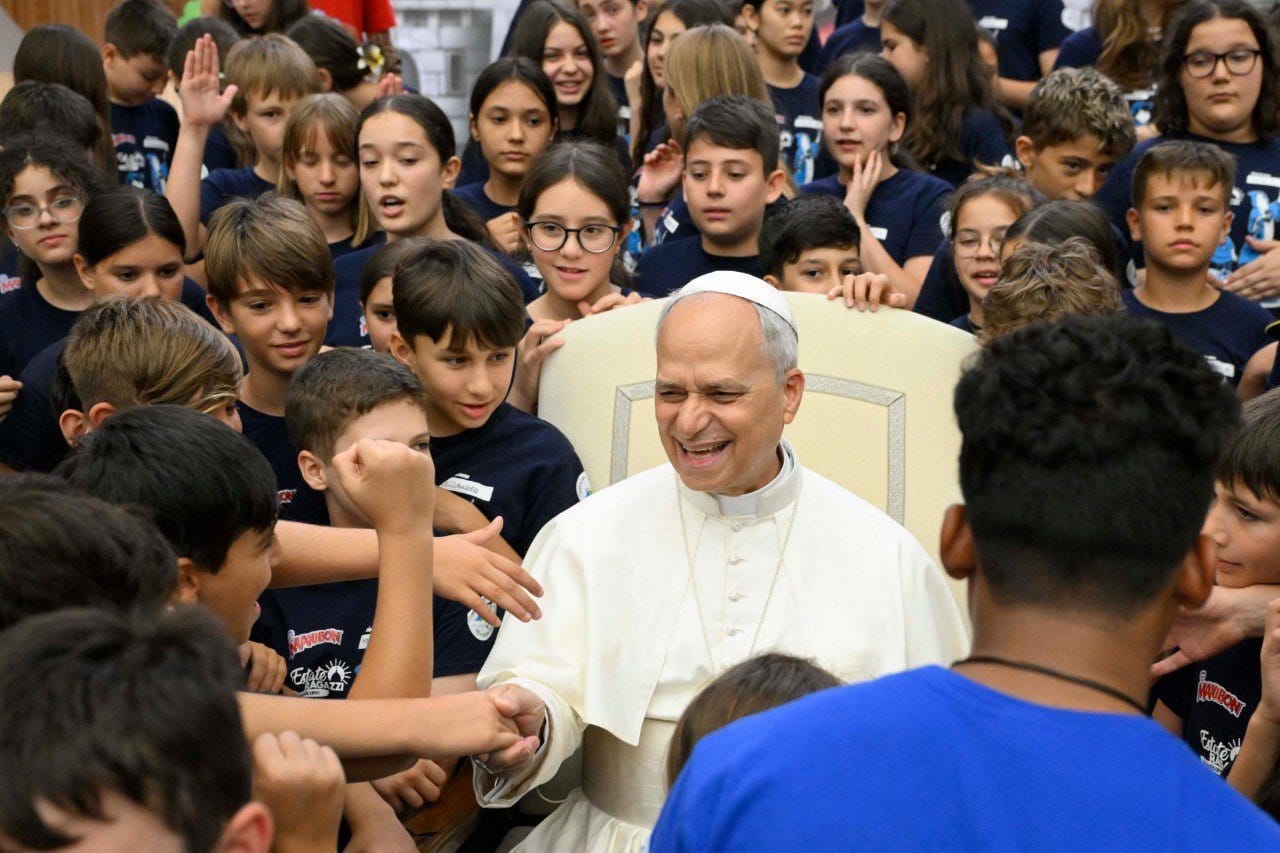Pope Leo Should Go to Gaza
Why Pope Leo's presence could change the course of peace in the world's most troubled region.
Dear friends and fellow travelers,
Because of you, Letters from Leo is now the #6 top new bestselling Substack in the world. I’m overwhelmed with gratitude. Whether you’re a longtime reader or brand new, whatever your beliefs or background — you’re welcome here.
As a lay Catholic,…
Keep reading with a 7-day free trial
Subscribe to Letters from Leo — the American Pope & US Politics to keep reading this post and get 7 days of free access to the full post archives.


